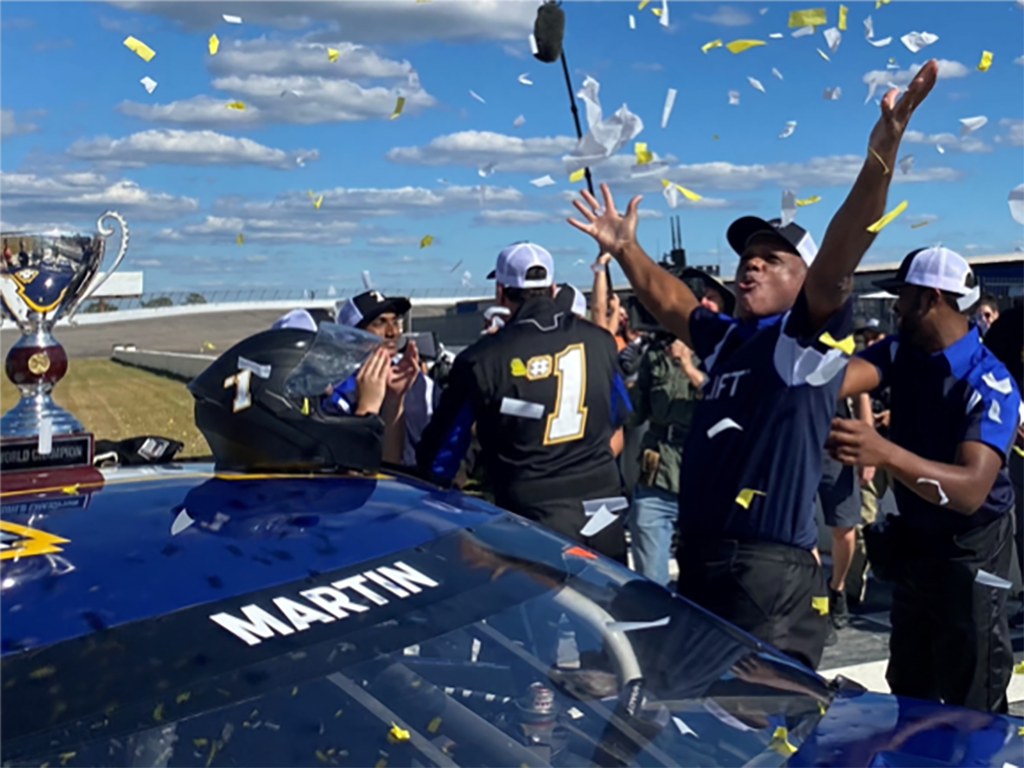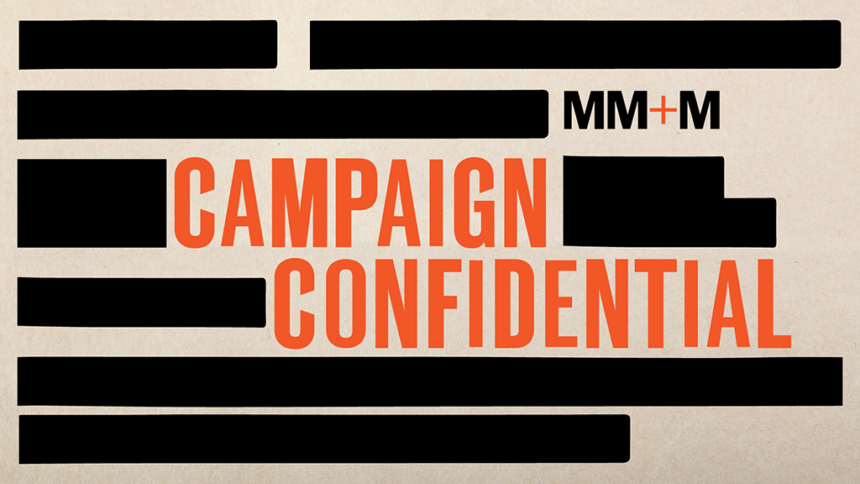For millions of older American men, it’s assumed that more frequent urination is simply part of the aging process. However, what they may not know is that there are treatments available to them to address this condition.
It has been a decade since Teleflex’s UroLift system was approved by the Food and Drug Administration as a treatment for benign prostatic hyperplasia (BPH), or enlarged prostate.
In order to raise awareness of Teleflex’s UroLift procedure, as well as other treatments for enlarged prostates, the company recently launched its Too Many Pit Stops campaign. The effort is built around three things that resonate with older American men: television, sports (in this case, car racing) and humor.
While Facebook and other social media platforms play key roles in the campaign, at its heart are televised ads portraying a race-car driver — who is over 50, of course — whose route to victory in the #1 car is being undermined by his need for frequent pit stops.

“We choose multiple media, but the fact is that the demographic of 50-plus are very large television media consumers,” Bryan Holmes, global VP of marketing and business development at Teleflex. “They watch a lot of television and the subject matter that they watch is news, sports, history.”
The company’s decision to place a wager on the second of those three subjects dates back to last July, when the company hosted a booth at a NASCAR race at Pocono Raceway.
“We had a tent and worked at the racetrack to test the waters and see if the audience was interested and receptive,” Holmes explains. “It was a busy weekend. It’s not that we’re jumping in and doing large sponsorships at this point, but it told us that the audience was right for us.”
With the principal platform set and the racing-car theme a go, Teleflex next considered the tone and direction of the campaign’s video. Many healthcare campaigns are leaning into the laughs as of late and Teleflex is following suit by highlighting conditions involving the urinary tract, though Holmes explains that playing a campaign for chuckles requires a certain finesse.
“The use of humor is tricky when you’re talking about health issues,” he says. “They’re not funny. However, the tasteful use of humor with a condition like BPH with this audience in particular was effective in loosening up the conversation, relaxing it, which is otherwise a fairly stressful one for men. It eases the way into the conversation and makes men more receptive to hearing the message and, most importantly, talking about it with their doctor.”
The campaign’s video and other assets direct viewers to the UroLift website, which serves as an introduction not only to the UroLift procedure but the topic of BPH broadly and all available treatments. Among the new features of the website that Holmes calls out are six ambassadors who have had the procedure and are available to talk to visitors to the site who are curious.
“If they would like to talk to somebody, they can ask ‘What was it like? How did it go for you?’ These are volunteers; they’re not paid,” Holmes explains. “We’re excited about that feature.”
UroLift and all BPH treatments still face a struggle in communicating to consumers that they don’t need to resign themselves to living with the symptoms of an enlarged prostate. They are not an inevitable side effect of growing old.
Holmes is optimistic when he looks at the volume of traffic to the website and data that indicates increasing awareness of UroLift, including some 400,000 men who have received the treatment worldwide.
“Still, the vast majority of men just don’t know about their treatment options,” Holmes concludes. “That’s what we’re trying to fix. We are trying to get them to have that conversation with their doctor and then take some action to take care of number one.” That pun, Holmes makes clear, is 100% intentional.







